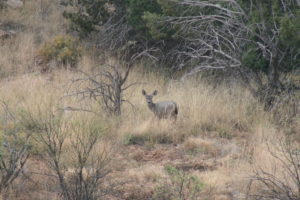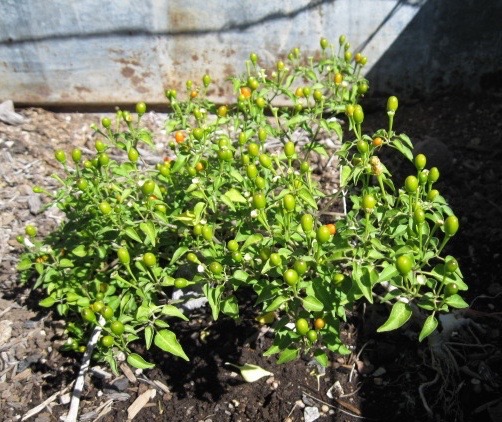
The botanical name of Wright’s Beebrush is Aloysia wrightii. It used to be Lippia wrightii, well actually it has gone back and forth, but right now it’s Aloysia. Stay tuned.
The leaves are quite aromatic and can be used as a potherb. It does have another common name of oreganillo, but please, not to be confused with the Mexican oregano which is Lippia graveolens. That’s the herb you find in the Mexican herb and spice section of your grocery store. I mention Food City, because the one in Douglas, Arizona has a herb and spice section to die for. I stand in that aisle and take notes so when I go home I can look up all the names and find out what the plants are. Sad, but true.
Anyway, Wright’s Beebrush is beautiful in habitat and it can also be found in a good native plant nursery if you want one for your personal habitat. Oh, and Lippia graveolens can also be found in a good nursery and it is a southwestern native. Now you know.
A couple notes: the photo of the white-tailed deer doe was taken from our deer camp. She and her youngster hung out about 60 yards from us for 4 days browsing and snoozing and watching us come and go. It just cracked us up. The line drawing of beebrush and the distribution map are from a favorite book called, Trees and Shrubs of the Southwestern Deserts, by Benson and Darrow. It was last printed in the early 1980’s and as you can see the plant was Lippia back then. The maps frustrate me by stopping at the Mexican border, but the text always make up for it.



Capsicum annuum var. glabriusculum is thought to be the mother all chiles, because so many cultivars of peppers have come from this wild rascal....

When Petey gets done slinging binomials around he finally decides to talk about a very cool native butterfly.

The little rant at the beginning of this show was spontaneous and was prompted by the trial of Scott Warren, a fellow who was...